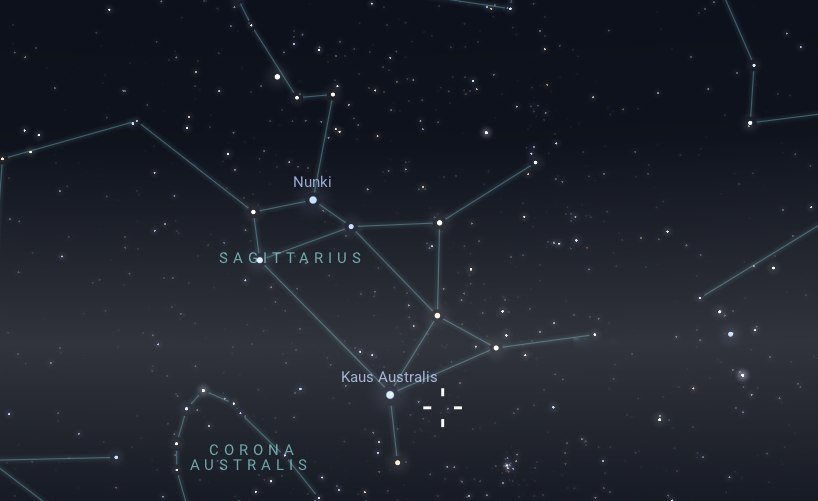NGC 6563 is a planetary nebula located in the constellation Sagittarius, and situated approximately 7,000 light-years away from Earth. It was discovered by the English astronomer John Herschel in 1836. Here’s some more information about this nebula:
Composition
NGC 6563 is classified as a planetary nebula, a type of astronomical object that forms during the late stages of a star’s life. As a star exhausts its nuclear fuel, it undergoes significant changes, shedding its outer layers into space. This process creates a nebulous shell of gas and dust surrounding the remaining core, which eventually becomes a white dwarf. NGC 6563 is a prime example of this phenomenon, showcasing the intricate dynamics involved in stellar evolution.
The nebula’s composition primarily consists of hydrogen, helium, and dust particles, with its colours resulting from the ionization and emission of gases by the central star (Note: The colours in the above image may appear subdued due to the monochrome imaging technique used.) The intense ultraviolet radiation emitted by the white dwarf ionizes the surrounding gas, causing it to glow in various colours. With an apparent magnitude of around 11, NGC 6563 is visible through large telescopes under dark sky conditions, appearing as a faint elliptical disc.
Astronomers are particularly interested in NGC 6563 due to its role in enriching the interstellar medium with heavy elements. As the outer layers of the nebula expand and disperse, they contribute essential materials for future star and planet formation.
Size
In terms of size, NGC 6563 spans approximately 0.6 light-years in diameter. This relatively small scale makes it challenging to observe in detail, requiring powerful telescopes to discern its structure and features. Despite its faintness, the nebula’s unique shape and coloration can be appreciated by dedicated observers, especially those equipped with advanced imaging technology.
Observation
NGC 6563 is accessible to observers in the southern hemisphere and at low northern latitudes with clear views to the south. The best opportunities for observing NGC 6563 occur in June, July, and August (winter in the southern hemisphere), when Sagittarius is positioned higher in the sky and remains visible for longer periods during the night.

NGC 6563 serves as a captivating subject for both amateur and professional astronomers, offering valuable insights into the dynamics of planetary nebulae and the transformative processes that shape the cosmos.



